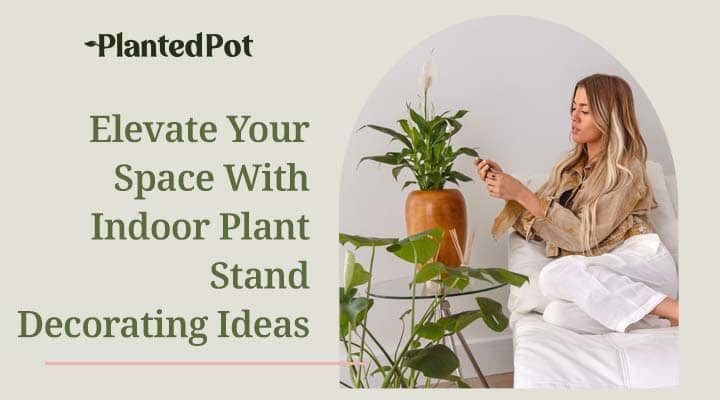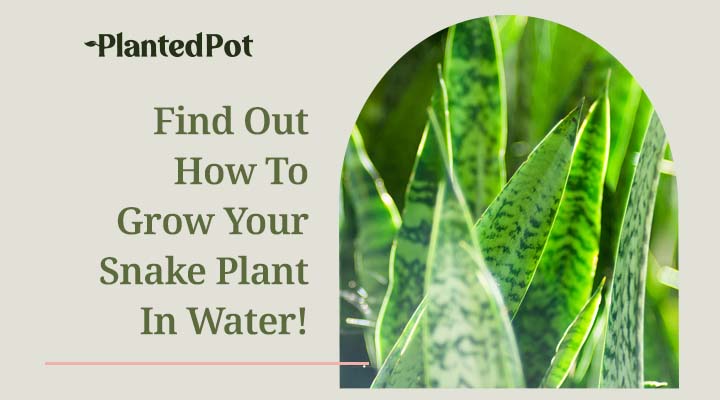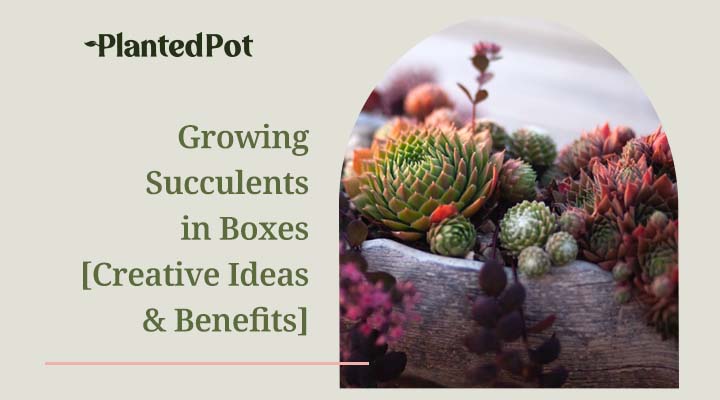
Panda Plant Care: The Best Tips for Healthy Growth & More
Home / Panda Plant Care: The Best Tips for Healthy Growth & More
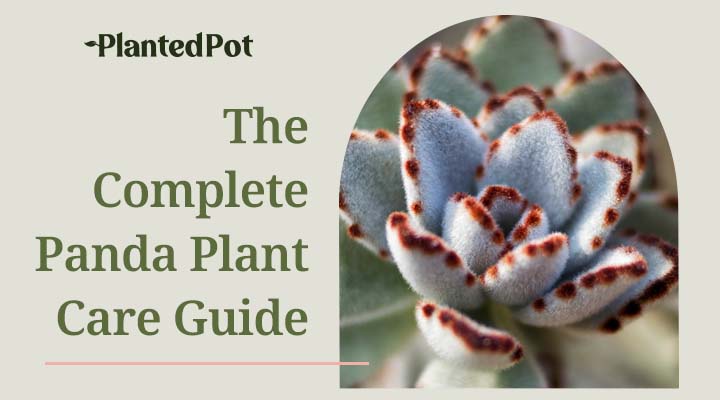
Panda Plant Care: The Best Tips for Healthy Growth & More
So say you and some friends are having a cute plant competition. Okay, that’s NOT LIKELY to happen, but just imagine for a second. You show off your adorable panda plant and steal the show. BAM! These adorable, fuzzy, slow-growing succulents are honestly as cute as real panda bears! If you want a resilient plant with a softened, unique appearance, read on to find out more about the basics of panda plant care. We’ll cover how often you should water, the ideal temperature, the best soil, and more.
What Are Panda Plants?
The Kalanchoe tomentosa, commonly known as the panda plant, is a type of succulent belonging to the Kalanchoe family. Originally hailing from Madagascar, these gorgeous succulents were nicknamed for the unique pattern on their velvety leaves.
The panda plant’s almond-shaped leaves are a light sage green color softened by a blanket of fuzzy, white hairs. Brown spots graffiti the jagged tips in a pattern that somewhat resembles a panda’s markings. These plants are as soft to the touch as they are on the eyes.
Are Panda Plants Easy to Care For?
Yes, panda plants are super easy to care for! As delicate and gentle as they may look on the outside, panda plants are rugged succulents at heart. They store water in their lush leaves, meaning you only need to water them once in a while. All they want is a good amount of light and a little humidity.
What Are the Benefits of Panda Plants?
There are numerous benefits to keeping and caring for succulents in your home. From purifying the air to adding a pop of color, succulents bring joy and well-being to everyone who crosses their path.
Succulents Purify the Air in Your Home
Succulents are particularly good for purifying the air of small environments. Whether you’re concerned about the air quality of your home, adding a panda plant will help detoxify the air you’re constantly breathing. Unlike other plants, the best succulents continue this purification throughout the night!
Caring for Succulents Can Help Improve Your Mental Health
Research from Texas A&M University reports that caring for plants can dramatically improve many aspects of your mental well-being. Tending to house plants, and generally spending time around nature, has been linked to:
- Decreased symptoms of depression
- Improved mood
- Improved focus
- Stress Reduction
- Improved memory retention
- Higher productivity
- Improved cognition
Succulents Provide a Pop of Unusual Beauty and Color
Plenty of people have funky spider plants or pothos lilies in their homes, but not everyone has a unique and colorful desert plant decorating their windowsill. Panda plants and other succulents are exotic and fascinating — every guest in your home will surely marvel at their beauty.
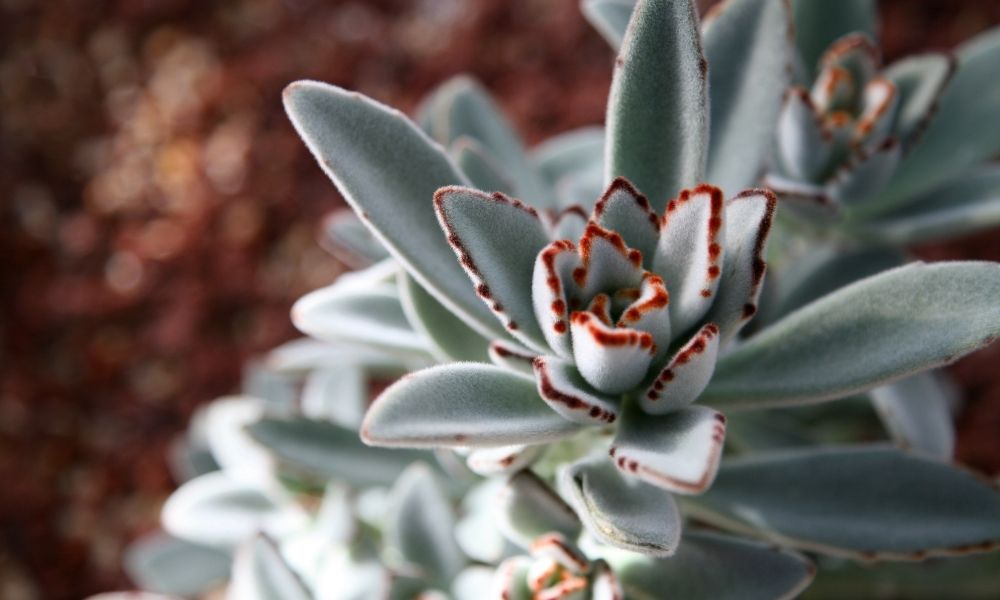
Succulents Can Ease You Into A Role of Responsibility
Since succulents are so easy to care for, they make great plants for teaching young adults or children about taking on a role of responsibility. If your little ones are begging for a puppy, you can buy them a panda plant to practice caring for living things before a dog comes into the mix.
Panda plants only need water about once every two to three weeks, which is a great biweekly task for children. For the busy young adults who are figuring out how to live independently, panda plants make excellent, low-maintenance plants that can be easily incorporated into a hectic schedule.
How to Care for a Panda Plant
Panda plants are pretty much as chill as the real panda bears they were nicknamed after. Well, one key difference would be pandas constantly eat, while panda plants only need to be “fed” with water once in a while. Their hardy leaves store water inside, meaning there’s less work for you on a daily basis.
Finding the Right Pot
Before you sit back, relax, and enjoy your panda plant, you’ll need to find the perfect pot. Most succulent varieties, including the Kalanchoe tomentosa, prefer porous pot materials like terracotta. This is because porous pots dry more easily, preventing the succulent from sitting in water.
You can use a ceramic or plastic pot, but you’ll need to be extra vigilant about not overwatering your panda plant. No matter which pot you choose, be sure that it has drainage holes on the bottom. You’ll also want to have a dish or tray beneath the pot to catch excess water before it ruins your tables or floors.
Choosing the Right Soil
Panda plants need a well-draining, sandy potting mix. Beware that they do not do well with regular gardening soil — it will retain too much water. The best soils for panda plants will contain a mix of bark, loam, sand, lava rocks, and perlite. You can also place rocks at the bottom of the pot to encourage proper drainage.
Watering a Panda Plant
Panda plants are pretty great for forgetful plant owners. The Kalanchoe tomentosa only needs to be watered once the top third of its soil has dried. For example, if your panda plant is in six inches of soil, wait until the top two inches have almost completely dried to water it again.
Depending on your home’s humidity, panda plants will need to be watered every two to three weeks. You can check their soil’s dryness by sticking a toothpick or wooden skewer straight down in an open area of the pot. If the top third seems dry, go ahead and give your panda plant some water!
You’ll know you’ve given your plant enough water once you see water dripping out of the drainage holes. After a couple of minutes, dump the excess water in the dish to prevent your plant from soaking it back up. Then, you can sit back and marvel at how these beauties retain water in their leaves for weeks.
Placement and Lighting
Light is an important part of panda plant care. These succulents love basking in sunlight, but too much direct light daily can damage their leaves. North, south, or west-facing windowsills make the best locations for these fuzzy buddies. They’ll get a few hours of direct light per day in those spots and plenty of indirect light during most hours.
If you want your panda plant to live outside, you’ll need to be extra cautious of overexposing it to direct sunlight. To keep your outdoor panda plant happy and healthy, only leave it in the sun for a couple of hours. After that, move your Kalanchoe tomentosa into the shade to receive indirect light.
Pruning Your Panda Plant
If you want your panda plant to remain dense and short, you can prune it to keep it that way. However, once you start pruning, you’ll need to keep up with the practice to maintain the plant’s shape. You can use a pair of pruning shears or scissors to cut leaves at the base. New leaves will grow in place of the old ones.
Without pruning, the Kalanchoe tomentosa typically reaches a maximum height of about 12 to 18 inches. They grow from little panda plant cubs into fully-grown, foot-tall panda plant adults! Whether you prefer your plant wild and natural or pruned and dense, it will be beautiful either way.
Humidity and Temperature
Succulents are resilient plants, and as such can withstand many different climates. That being said, the panda plant prefers an average household humidity of 40%. If you live in a dry climate, you may want to invest in a humidifier to keep your panda plant happy.
Panda plants also enjoy most homes’ average temperature, which is typically between 60 and 75°. They can tolerate slightly colder or warmer temperatures, but to keep them at pique health, we recommend keeping them in the average household temperature range.
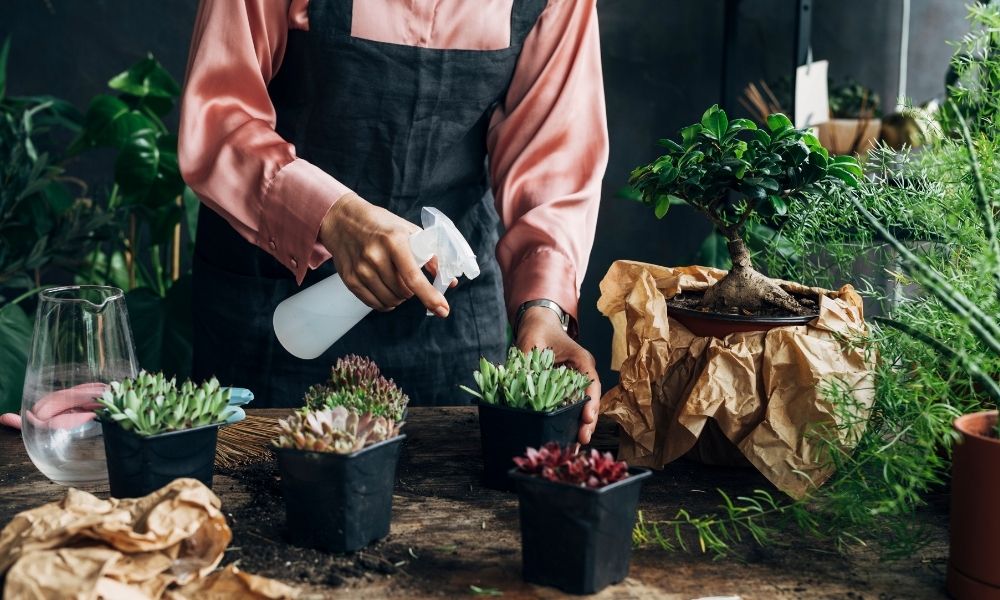
Feeding a Panda Plant
Panda plants don’t generally need regular fertilizer to thrive. They’re rugged pants that can survive without nourishment for a while. If you think your panda plant needs a little extra love, you can use a diluted liquid fertilizer as frequently as once a month throughout the spring and summer growing seasons.
During the winter and fall, it’s recommended that you back off fertilizing altogether. Succulents like to rest during the colder months, and they’re not actively growing anywhere near as much as they do in the spring and summer. Using a fertilizer during this time may even damage the roots.
Tips for Repotting
The Kalanchoe tomentosa is a very slow-growing succulent variety. You should only need to repot about once every two years. Once the plant is fully-grown, that frequency will decrease to maybe once every three years. Problems like root rot or pests will be the reason you may need to repot a mature plant. Hopefully, you can avoid these issues by caring for your panda plant well.
To repot your panda plant:
- Begin by grasping near the base, just above the soil.
- Turn the pot carefully upside down and gently attempt to slide the potted plant from the pot.
- If it’s not coming loose, set the pot back down and run a butter knife between the soil and the walls, then try to remove the plant again. Sometimes it helps if the soil is damp, so repotting after you’ve just watered can be quite easy.
When you have the panda plant out of a pot, inspect its roots for signs of root rot and tangling. If all looks well, you can go ahead and place your panda plant in its new pot, burying the roots and leaving very little stem above the surface. Wait about one week before watering it again.
Common Panda Plant Care Issues
Panda plants’ most common issues are root and leaf rot from overwatering. If you notice that your panda plant’s leaves are turning mushy and yellow, or its roots are turning black and soggy, those are signs that it’s been getting too much water.
The best course of action for remedying overwatering is to repot your panda plant and decrease your watering frequency. Remember, succulents hold water in their leaves for weeks to hydrate themselves, so you shouldn’t water them until the top third of their soil is dry.
Too much sunlight is also a frequent problem, and it can cause the leaves to die. If you notice drying, browning leaves around the base of your panda plant, that could indicate underwatering or too much sunlight (or both). In that case, trim the dying leaves, move the plant to a less sunny spot, and give it a little extra water. But not too much!
How Do I Know if My Panda Plant is Dying?
If you notice any of the above symptoms becoming serious or sticking around even when you try to help, your panda plant may be dying. The best course of action for trying to save a dying plant is to repot it. This will give it fresh nutrients, a dry environment, and a chance to start over (somewhat).
If you repot and give your panda plant lots of love but it’s STILL not coming back, it may be time to say goodbye to your fuzzy little friend.
Final Thoughts – Panda Plant Care
If you didn’t know which type of succulent you wanted before, we bet you’ve settled on the panda plant after reading all about them. How could you NOT want one of these velvety, patterned, easy-to-care-for succulents? They’re the small, soft, beautiful, and low-maintenance plants of our dreams.


